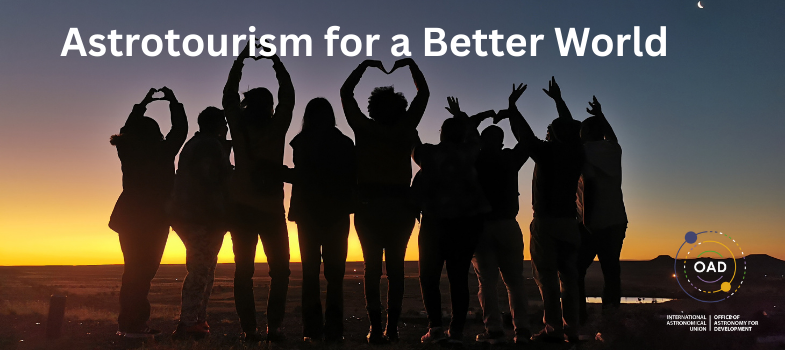Acknowledgements
Acknowledgements
We would like to express our gratitude to all the individuals and organizations whose work has contributed to the development of this course.
Special Thanks:
We also thank all content contributors, reviewers, and partners who supported the creation of this learning resource. Their insights and materials have helped make this course more engaging and accessible to a wider audience.
All reasonable efforts have been made to identify and credit the rightful owners of third-party materials. If you believe any attribution is missing or incorrect, please contact the course team so that we can make the necessary corrections.
Image and Media Credits:
The course features third-party images, graphics, and media that have been used with permission or under open licenses. We acknowledge the contributions of the following creators and sources:
-
"Sustainable Development Goals," United Nations Development Programme, http://www.undp.org/content/undp/en/home/sustainable-development-goals.html
-
“Indigenous Australian Astronomy”, Astronomical Society of Edinburgh, https://www.youtube.com/watch?v=VwHVdH9VIlE
-
“African Skies”, Sivuyile Manxoyi reflects on the indigenous astronomy of southern African peoples, https://journals.co.za/doi/pdf/10.10520/EJC-a25d98c84
-
“The Universe Through Time”, Stargazing Live https://downloads.bbc.co.uk/tv/stargazinglive/sgl_universe_through_time.pdf
-
“Cosmic Microwave Background (CMB)”, Forbes, https://www.forbes.com/sites/startswithabang/2018/09/18/this-is-how-we-know-the-cosmic-microwave-background-comes-from-the-big-bang/
-
“Content of the Universe”, Secrets of the Universe, https://secretsofuniverse.in/blog/dark-matter-dark-energy-illusions
-
“Earth’s location in the Universe”, Wikimedia, https://commons.wikimedia.org/wiki/File:Earth%27s_Location_in_the_Universe.jpg
-
“Orion Nebula”, European Southern Observatory, https://www.eso.org/public/news/eso0421/?lang
-
“The globular cluster Omega Centauri”, European Southern Observatory, https://www.eso.org/public/images/eso0844a/
-
“Life cycle of stars”, Chandra X-ray Observatory, https://chandra.harvard.edu/edu/formal/stellar_ev/story/index13.html
-
“The Sun”, NASA, https://science.nasa.gov/blogs/solar-cycle-25/2025/06/20/strong-flare-erupts-from-sun-5/
-
“Anatomy of the Sun”, European Space Agency (ESA), https://www.esa.int/ESA_Multimedia/Images/2020/01/Anatomy_of_the_Sun
-
“Life Cycle of the Sun”, NASA/JPL-Caltech, https://spaceplace.nasa.gov/all-about-the-sun/en/
-
“Meteor, asteroid and comet”, BBC Science Focus, https://www.sciencefocus.com/space/space-rocks
-
“Astronomical Units”, Star Walk, https://starwalk.space/en/news/whats-bigger-ld-au-or-light-year
-
“Astronomy throughout the spectrum”, Square Kilometre Array Observatory (SKAO), https://www.skao.int/en/resources/what-radio-astronomy
-
“Constellations”, International Astronomical Unions Working Group on Star Names (IAU WGSN), https://exopla.net/sternbilder/
-
“Seasonal Sky Changes”, Time and Date, https://www.timeanddate.com/calendar/aboutseasons.html
-
“Solar and Lunar Eclipses”, ALMANAC, https://www.almanac.com/eclipses
-
“Map of the Moon”, By Peter Freiman Cmglee Background photograph by Gregory H. Revera - Remake of File:FullMoon2010.jpg Bitmap from File:FullMoon2010.jpg Own work, CC BY-SA 3.0, https://commons.wikimedia.org/w/index.php?curid=14580532
-
“Sky Map”, Iziko Planetarium and Digital Dome, https://www.iziko.org.za/education/planetarium-and-digital-dome/
-
“Light Pollution Map”, https://www.lightpollutionmap.info/
-
“Five Lighting Principles for Responsible Outdoor Lighting”, DarkSky International, https://darksky.org/resources/guides-and-how-tos/lighting-principles/
